€3.98
/ per pack
Choose seeds per pack:
Botanical nomenclature: Cyrtostachys renda / Cyrtostachys lakka
Common name: Lipstick Palm, Lakka Palm, Red Palm, Sealing Wax Palm
Family: arecaceae
Height: between 4 and 6 meters.
Origin: Malaysia, Sumatra, Thailand, Borneo
Tropical weather
Brightness: half shadow
Species with great landscaping appeal that stands out for the bright red color of its stem.
Requires heat, light and moisture for its perfect development
Palm tree that adds color, making a beautiful composition both individual and grouped to smaller species and with foliations in the paler green and variegata.
They can be planted in pots, adding a contrasting color to the balconies, and contributing to ornanamentation with enormous uniqueness.
Cyrtostachys renda, also known by the common names red sealing wax palm and lipstick palm, is a palm that is native to Thailand, Malaysia, Sumatra and Borneo in Indonesia. It is the only species of the genus Cyrtostachys that can be found to the west of the Wallace Line, the faunal boundary separating the biogeographic realms of Asia and Wallacea.
Because of its bright red crownshafts and leaf sheaths, Cyrtostachys renda has become a popular ornamental plant exported to many tropical regions around the world. Although it is not the source of sealing wax, the red sealing wax palm got its name because its crownshafts and leaf sheaths have the same color as the wax used to seal letters close and later (from about the 16th century) envelopes.
Also known as the red palm, rajah palm, and Malay: pinang rajah, Cyrtostachys renda is a slender multi-stemmed, slow-growing, clustering palm tree. It can grow to 16 metres (52 feet) tall. It has a scarlet to bright red colored crownshaft and leaf sheath, making it distinct from all other species of Arecaceae.
The lipstick palm is generally grown for its brightly colored and unusual foliage and it is considered as a plant in high demand for gardening and a landscaping projects. Because of difficulties propagating them and their striking color, the palm has been offered for sale at prices as high as $1000 USD to collectors and gardeners. It also has some limited traditional uses such as for flooring materials, roof thatching, and for making darts in Pahang and elsewhere in Malaysia. Some rural communities in Sumatra harvest the plant for palm hearts.
In the wild, the most suitable environment for growth occurs in areas with the following characteristics: good soil drainage, high sand content in the soil, a thin peat layer in the soil, a low carbon to nitrogen ratio (C/N) in the soil, low acid, and nutrient levels in the soil and water but relatively high organic substance levels. The palm grows well in full sun or shade but needs humid conditions and well-draining soil. However, it also tolerates flooding and can grow in standing water as its native habitat is peat swamp forests. It will not tolerate cold temperatures or periods of drought; it is rated as hardiness zone 11 or above and is suited to tropical rainforest or equatorial climate (Koppen Af), which doesn’t have a significant dry season.
| Weight | N/A |
|---|
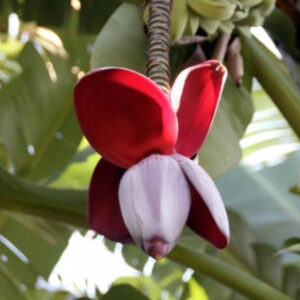
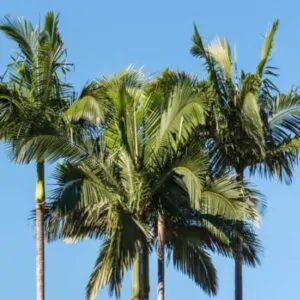
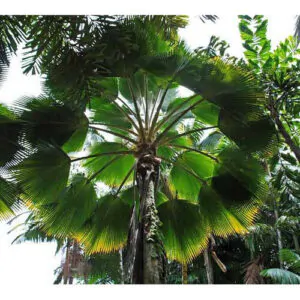
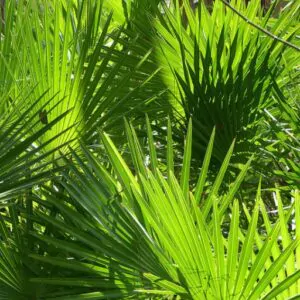

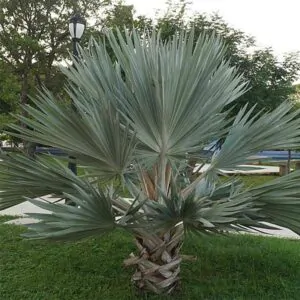
| Cookie | Duration | Description |
|---|---|---|
| cookielawinfo-checkbox-analytics | 11 months | This cookie is set by GDPR Cookie Consent plugin. The cookie is used to store the user consent for the cookies in the category "Analytics". |
| cookielawinfo-checkbox-functional | 11 months | The cookie is set by GDPR cookie consent to record the user consent for the cookies in the category "Functional". |
| cookielawinfo-checkbox-necessary | 11 months | This cookie is set by GDPR Cookie Consent plugin. The cookies is used to store the user consent for the cookies in the category "Necessary". |
| cookielawinfo-checkbox-others | 11 months | This cookie is set by GDPR Cookie Consent plugin. The cookie is used to store the user consent for the cookies in the category "Other. |
| cookielawinfo-checkbox-performance | 11 months | This cookie is set by GDPR Cookie Consent plugin. The cookie is used to store the user consent for the cookies in the category "Performance". |
| viewed_cookie_policy | 11 months | The cookie is set by the GDPR Cookie Consent plugin and is used to store whether or not user has consented to the use of cookies. It does not store any personal data. |